The Stepping Stones that Led me hereOver the past few years, teachers often ask me how I went from a classroom teacher to an educational consultant and author. They are curious and many would like to follow the path. It’s no secret. I’m happy to share it with you. If you’re curious or perhaps have a similar desire, read on.
6 Comments
Last year, I wrote about what I was currently listening to, reading, writing, and viewing. I thought it was a good time to share again. And I’d love to learn about yours!
EL teachers work alongside many stakeholders. They work with students of course. But they also work with general education teachers, instructional coaches, special education teachers, administrators, and more. However, one lesser known, yet powerful partnership is the one between the EL teacher and the library media specialist.
What do EL teachers and library media specialists have in common? These stories from the field bring a reality to the question. When I left the comfort of my own classroom to become an ESL teacher, I didn’t know that I would have to become intentional about building relationships with the mainstream classroom teachers I worked with. But I learned quickly.
Healthy, productive relationships between mainstream teachers and ESL teachers don’t happen on their own magically. Like most relationships, thought, planning, and careful execution takes place for a truly happy relationship to develop. Over the years, here’s what I learned as an ESL teacher about creating relationships with mainstream teachers. If we want to ensure that English learners don't continue to fall behind academically, integrating language with content is the key! This is where listening, speaking, reading, writing, (and viewing) come into play. So I ask you, how are you practicing what you preach and modeling these behaviors for staff, students, and families? I'll share mine and then I'd love to hear yours!
Listening... I started teaching in the winter of 1997. Hired in a wonderful suburban district outside of Houston, Texas. The campus experienced a little growth and needed a teacher mid year, so I was the lucky one hired in December just as I received my college diploma and teaching certification.
My college pre-service classes taught me little about what the classroom experience would truly be like. And with wide-eyes I walked into my first classroom and found myself teaching third graders who had a myriad of needs I was ill prepared for. Some students needed special education support, others dyslexia, and some were learning English. I quickly found that the big white binder of curriculum didn’t hold the answers I needed to give these kids the support THEY needed. Recently at a state conference called TexTESOL, I had the pleasure to present on teaching ELs how to sketchnote. Since I personally enjoy sketchnoting so much and I have a passion for serving ELs, combining these two loves brought great happiness to me. Many of you, that were not able to attend, have reached out to me via email or direct messages on Twitter and Facebook asking for the resources from the presentation. Here they are for all to use and share. Please let me know if you use them, enjoy them, find them meaningful, or have questions. And TWEET or share pictures on facebook of your students' work (if allowable) and tag me so I'll see them. This link will take you to a Padlet with a few resources related to sketchnoting with ELs. And for fun, here are pictures of our PLN at the conference too! I was a mainstream, third grade teacher in a public school in a suburb outside of Houston, Texas when I began teaching in 1997. Our school had one designated teacher that served English learners through a pull-out program. I understood my job was to teach students the general education curriculum while she taught my English learners the language. I never knew exactly what they did when they were with the ESL teacher. And I’m not sure if she knew what they were doing when they were with me.
Fast forward to 2019. Looking back, I know that this was not a great structure for teaching content or language to our students. I can only imagine how much more and how much quicker our students would have learned language and content had we collaborated…had I recognized my own role as a language model for the students. ALL educators, administrators, and stakeholders need to know how to serve ALL students including English learners. 6 Things you can do now!First of all, WELCOME! We are glad to have you in our professional learning network. If you are reading this, I want to formally welcome you to a wonderful, passionate group of ESL educators and advocates who will support you along the way. In this article, you will find ideas for professional learning, resources to dig into, leaders in the field, and much more.
So you secured an ESL position. And you're wondering...how can I prepare for this job?
The other day, I posed a question to my Twitter PLN. I asked what their non-negotiables were for teaching English Learners. The responses were overwhelming. Just imagine if we set aside time as campus or district teams to develop non-negotiables and then live by them. This would be a great practice for ESL and bilingual teams. Here are some of the responses from Twitter followers:
If you told me a couple of years ago that I would have a professional learning network that spans around the globe filled with authors and educators K-adult ed, I might have laughed at you. Well, maybe not laughed, but I would have given you a crazy look for sure. A "no way" look.
In the spirit of November, the month of gratitude, I am filled with a thankful heart. A heart filled with joy and blessings knowing that I am surrounded (virtually) by a community of professionals that I can count on who support and inspire me. How did this happen? Twitter. Though I opened my Twitter account many years ago, I only began to capitalize on it's strength as a tool in my career in December 2016. It wasn't until then that I realized HOW to use Twitter to learn from others and build a network of colleagues that I can call my PLN (professional learning network). The WHY... Some might ask, "Why is this necessary? Why do I need a PLN through Twitter? I already have colleagues at my school and in my district." Well, I can tell you why. I, too, have a PLN at work. I still work in a K-12 district. I work with amazing professionals whom I love and adore. They are brilliant educators. And I learn everyday from them. However, learning from others in various districts, counties, states, countries, and continents, has given me a myriad of perspectives that I cannot have from within my own district. Learning from a wider scope opens up new opportunities and experiences. It's similar to your neighborhood. Look down your street. You might notice that the trees and flowers at each home are quite similar. Everyone is planting similar things because we get ideas from our neighbors. But if you go to a neighborhood across town, their landscapes are filled with different plants. Growing your PLN will help you grow new ideas and try new instructional methods with your students. Who to Follow: My heart is filled with gratitude because of the connections I've made with eduheroes like Larry Ferlazzo, Carol Salva, Tan Huynh, Emily Francis, Katie Toppel, Carlota Holder, Jess Bell, Leticia Trower, Andrea Honigsfeld, and many more! In addition to these Tweeps, I enjoy collaborating with Middle Web, Seidlitz Education, MindShift, Teacher2Teacher, Education Week Teacher, Talking Points, and so many others. If you are still hesitant about Twitter, here's what I can suggest to you:
|
Categories
All
|


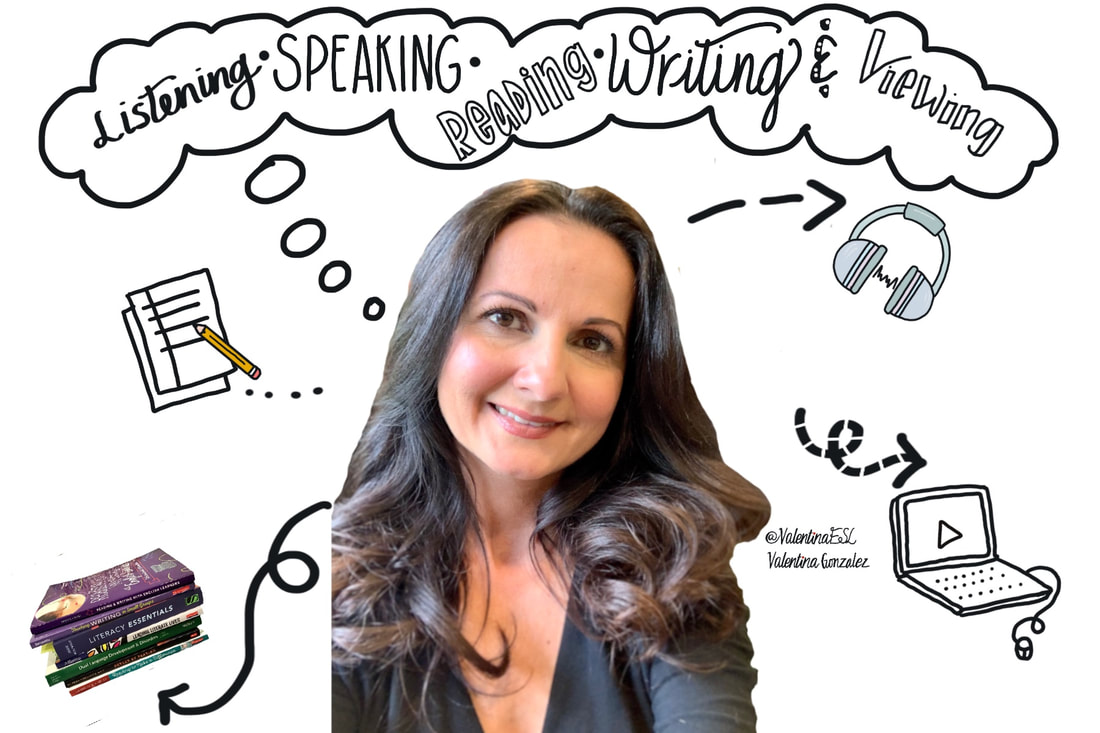
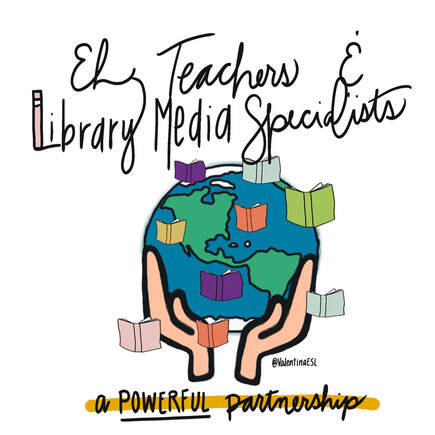
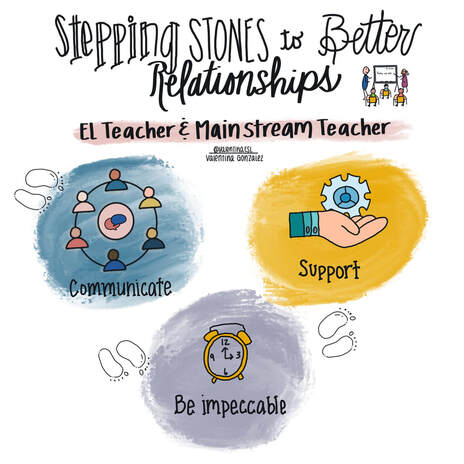
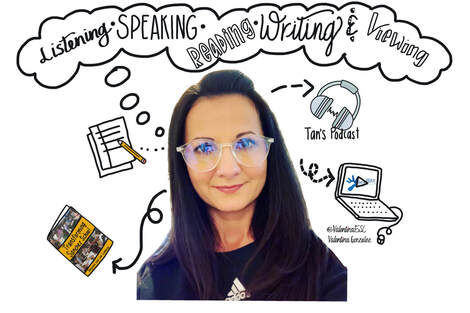
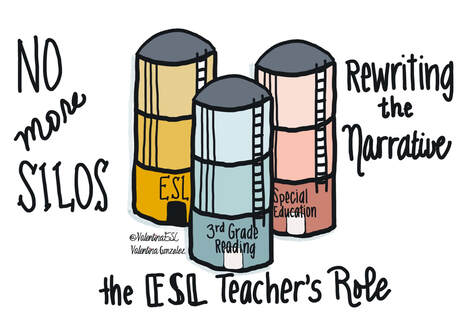

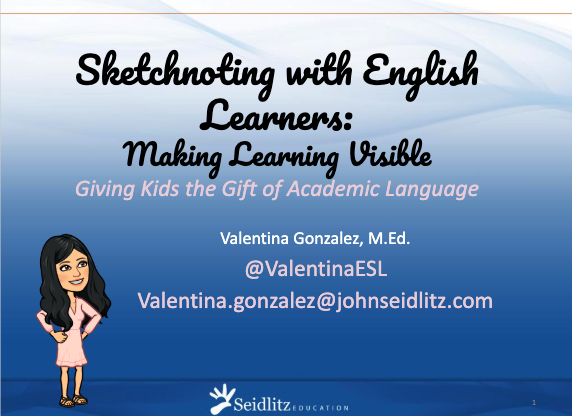
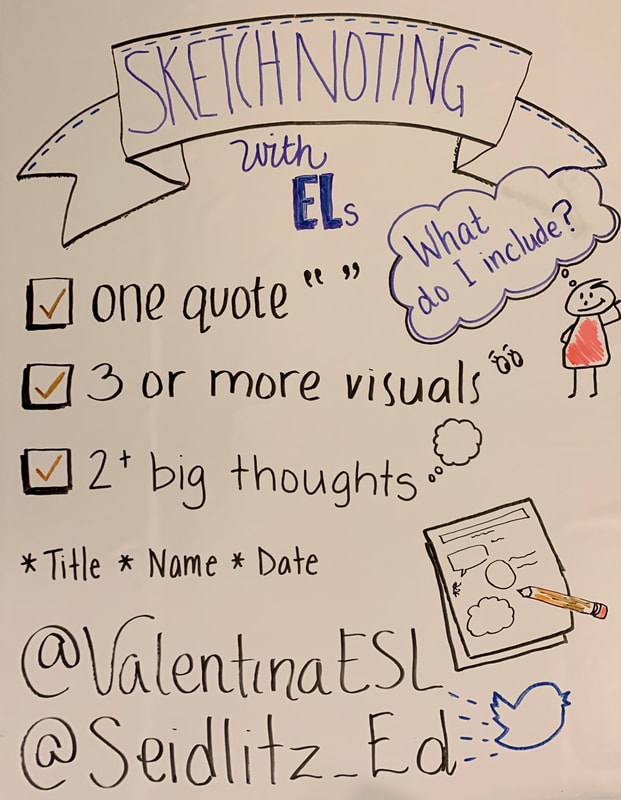
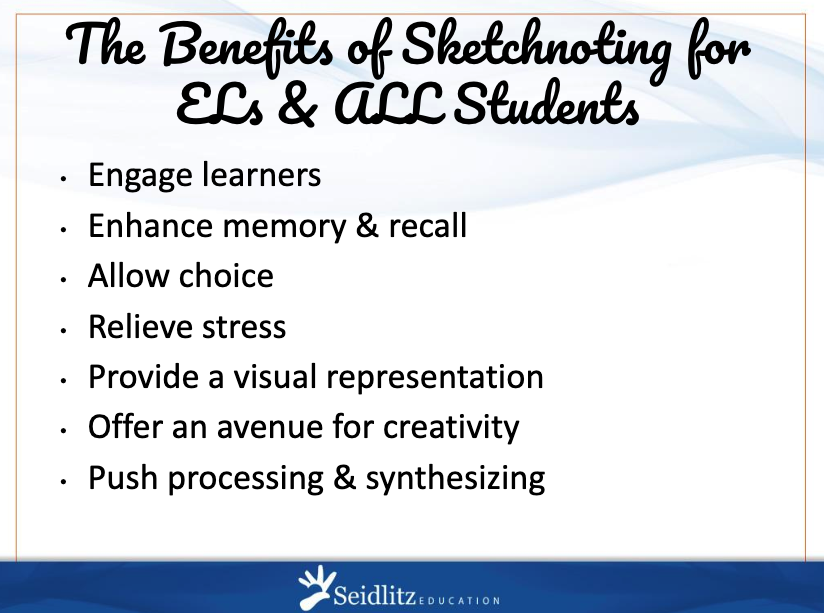
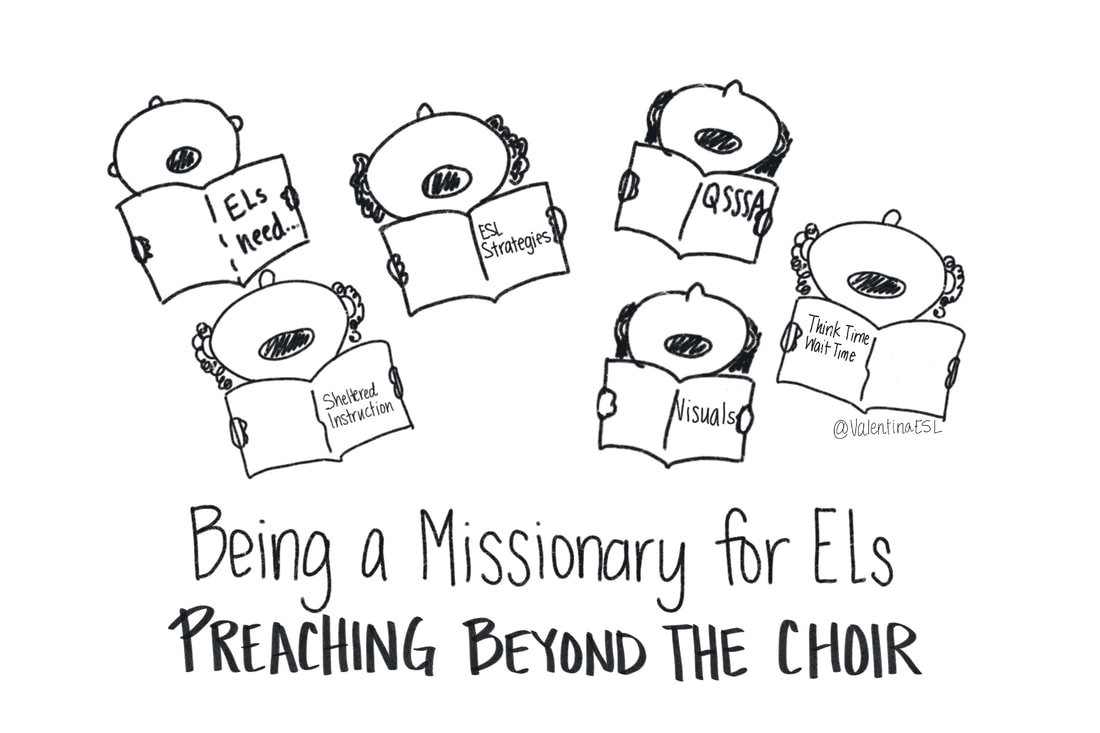
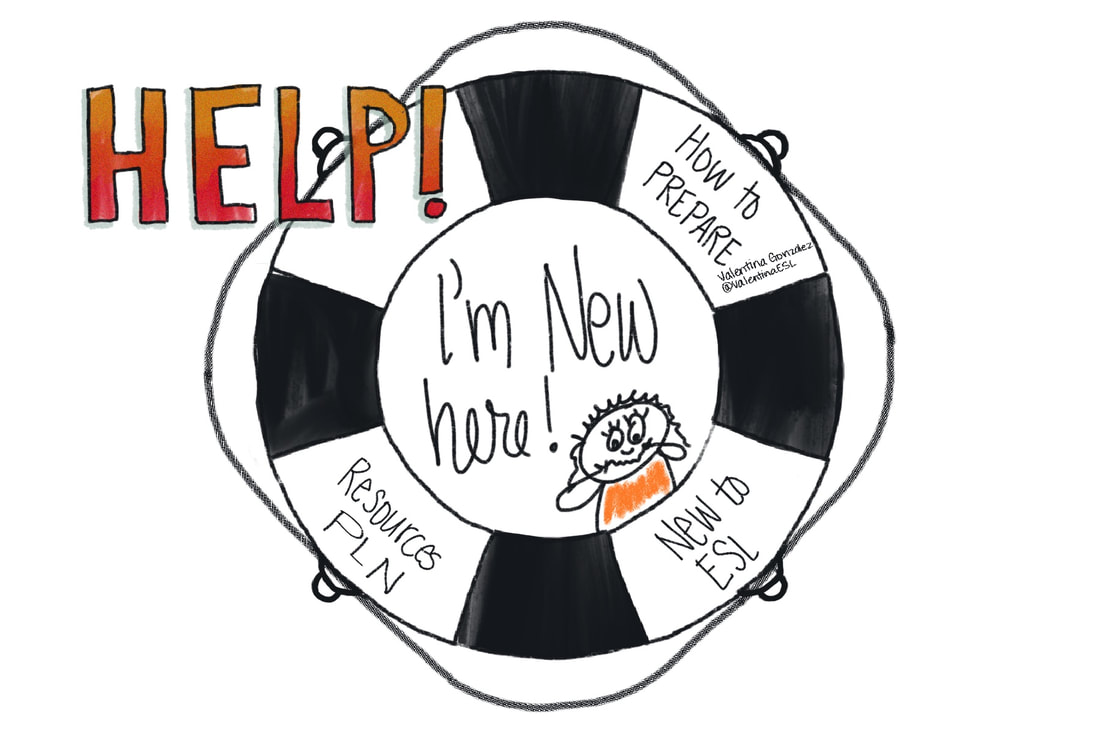

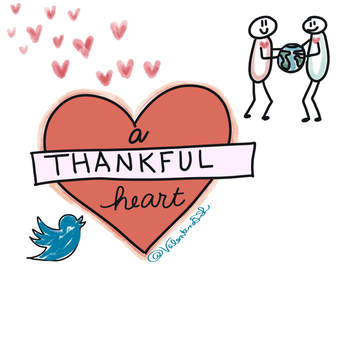
 RSS Feed
RSS Feed
